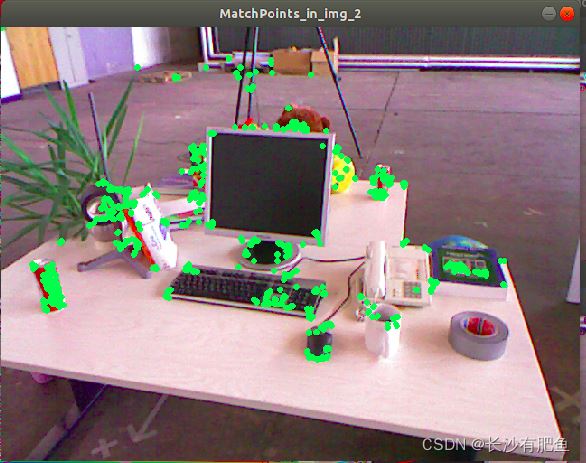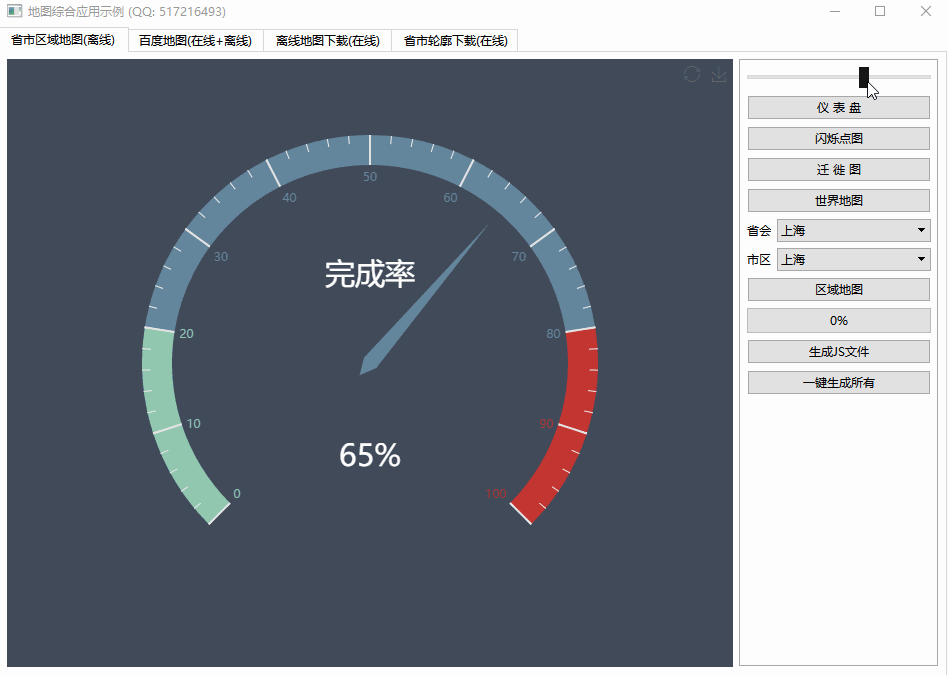What is the overhead cost of an empty vector?(空向量的开销成本是多少?)
问题描述
拥有一个空向量与拥有一个指向向量的指针的内存开销是多少?
What is the memory overhead of having an empty vector vs having a pointer to a vector?
选项 A:
std::vector<int> v;
选项 B:
std::vector<int> *v = NULL;
我相信选项 B 需要 1 个 32 位指针(假设这里是 32 位)空的v"占用多少内存?
I believe that option B takes 1 32 bit pointer (assuming 32 bit here) How much memory does the empty 'v' take up?
推荐答案
至于问的问题:看实现.使用 MSVC 7.1:
As for the question as asked: It depends on the implementation. With MSVC 7.1 this:
std:: cout << sizeof(std::vector<int>) << std::endl;
给我 16(字节).(3个指针:容量的开始、结束和结束,加上一个分配器)
gives me 16 (bytes). (3 pointers: begin, end, and end of capacity, plus an allocator)
然而应该注意的是,指向向量的指针给了它更大的开销:
However it should be noted that the pointer-to-vector gives it a larger overhead:
- 非空情况下的时间和空间
- 在所有情况下都很复杂.
这篇关于空向量的开销成本是多少?的文章就介绍到这了,希望我们推荐的答案对大家有所帮助,也希望大家多多支持编程学习网!
本文标题为:空向量的开销成本是多少?


- 使用/clr 时出现 LNK2022 错误 2022-01-01
- Stroustrup 的 Simple_window.h 2022-01-01
- 如何对自定义类的向量使用std::find()? 2022-11-07
- 静态初始化顺序失败 2022-01-01
- STL 中有 dereference_iterator 吗? 2022-01-01
- 一起使用 MPI 和 OpenCV 时出现分段错误 2022-01-01
- 与 int by int 相比,为什么执行 float by float 矩阵乘法更快? 2021-01-01
- C++ 协变模板 2021-01-01
- 从python回调到c++的选项 2022-11-16
- 近似搜索的工作原理 2021-01-01









